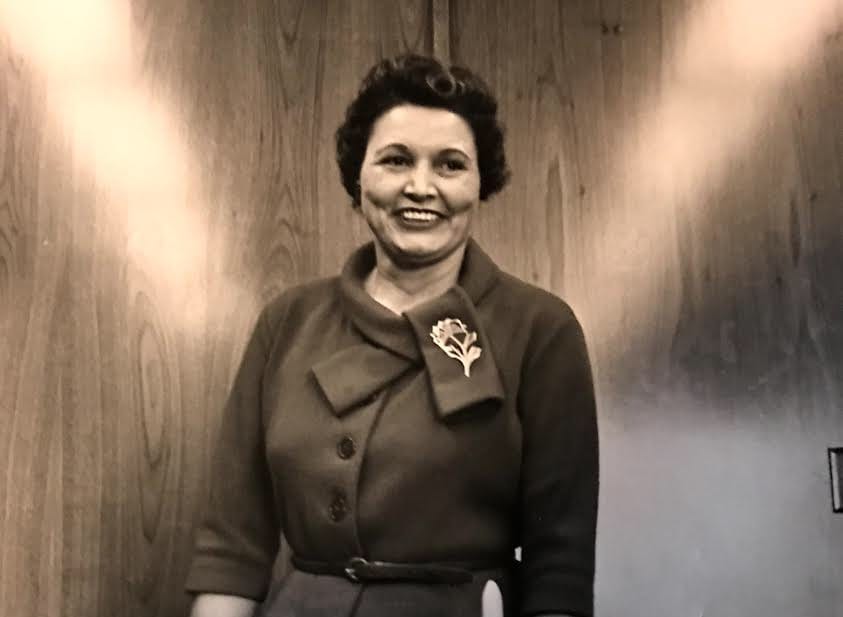Mary Golda Ross: The First Native American Aerospace Engineer and Space Race Pioneer

Mary Golda Ross, the first Native American aerospace engineer, was born in 1908 and was the great-granddaughter of renowned Cherokee Nation Chief John Ross, who led the Cherokee Nation during the traumatic and turbulent Indian Removal era of the 1830s that resulted in the forced relocation of thousands of Cherokee people to west of the Mississippi River in present-day Oklahoma. She attributed her successes to the rich heritage of her Cherokee people and the importance of tribal emphasis on education. “I was brought up in the Cherokee tradition of equal education for boys and girls,” she said. “It did not bother me to be the only girl in the math class because math, chemistry and physics were more fun to study than any other subject.” Ross went on to earn a bachelor’s degree in mathematics at the age of 20 from Northeastern State Teachers’ College (formerly Cherokee Female Seminary, the first women’s institution of higher education west of the Mississippi) in Tahlequah, Oklahoma, and a master’s degree from the Colorado State Teachers College (now the University of Northern Colorado). Following WWII, she earned a professional certification in engineering from UCLA.
During the Great Depression, Ross taught math and science in rural Oklahoma schools. In 1941, she moved to California to seek out more work opportunities and was hired as a mathematician by Lockheed. Ross was such a phenomenal talent that she not only stayed at Lockheed for over 30 years, she became an integral member of the top-secret Skunk Works where she worked on preliminary design concepts for interplanetary space travel, manned and unmanned earth-orbiting flights, and the earliest studies of orbiting satellites for both defense and civilian purposes. She also worked on the cutting-edge Agena rocket project, and on preliminary design concepts for flyby missions to Venus and Mars. Her research on the effects of pressure on the fighter plane helped solve problems related to high speed flight and aeroelasticity. By the time Ross retired from Lockheed in 1973, she had reached the rank of senior advanced systems staff engineer and had worked on the Polaris reentry vehicle and the Poseidon and Trident missiles. Ross died a few months before her 100th birthday, but lived long enough to see her work help launch a Native American astronaut into orbit.


Leave a Reply